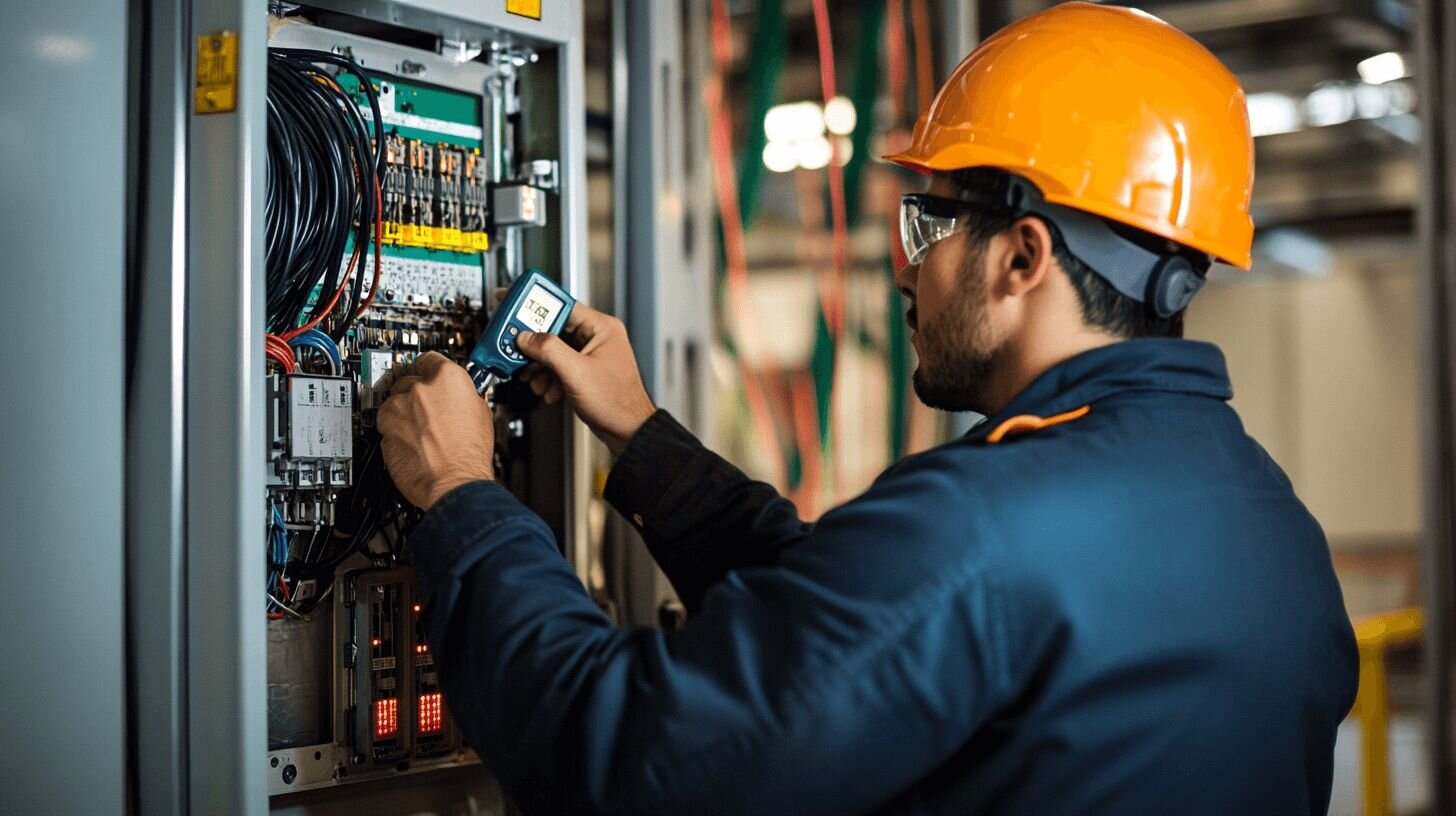When the power goes out, emergency electrical systems take over. These systems support safe evacuation, maintain visibility, and help first responders operate under pressure. But keeping them functional starts with code compliance.
Compliance starts with the National Electrical Code (NEC) but also includes the International Building Code (IBC) and standards like NFPA 101, 110, and 111.
Each standard plays a specific role in protecting life and property. Failing to follow them can lead to failed inspections, project delays, or worse. Systems that don’t hold up in real emergencies put lives at risk. Here’s where contractors often run into trouble, and what to do about it.
Understanding What Each Code Covers
NEC Article 700 lays out how emergency systems should be installed. It addresses wiring methods, system reliability, power sources, and overcurrent protection.
Section 700.5, for example, says emergency power sources must handle the full emergency load without overloading. Transfer switches must be automatic, approved for emergency use, and signed off by the Authority Having Jurisdiction (AHJ).
IBC Chapter 27 identifies which electrical loads need to be tied into the emergency system. Section 2702.2.6 is clear: exit signs must be powered by emergency systems. Chapter 10 of the IBC also outlines performance standards for lighting on egress paths.
NFPA 101 focuses on life safety. Section 7.8 requires continuous egress illumination while the building is occupied, and at least 90 minutes of emergency lighting during power loss. Section 1030.6.2 requires life safety evaluations for certain assembly occupancies.
NFPA 110 covers performance and installation for emergency power supply systems like generators. It also outlines requirements for classification, environmental conditions, transfer switch configuration, and ongoing maintenance, which are factors that can affect system readiness in real-world emergency conditions.
4 Common Pitfalls in the Field
1. Misusing Terminology
One of the most common issues on emergency system projects is confusion around system types. Emergency systems, legally required standby systems, and optional standby systems often get treated as the same. In reality, they serve different purposes and follow different code requirements.
- Emergency systems are for evacuation.
- Legally required standby systems support firefighter and rescue operations.
- Optional standby systems power non-critical equipment, usually for convenience.
Even if they share the same backup source, mislabeling or combining these systems can create compliance issues and delays.
2. Skipping Selective Coordination
NEC Section 700.32 requires selective coordination across all protective devices on the emergency system. This ensures a fault in one part of the system won’t take down the entire setup.
Coordination matters, and so does having the documentation to prove it. System designers and installers need to provide clear proof of coordination, and that documentation must be accessible during inspections. Without it, you can’t demonstrate the system is isolated properly in a fault scenario.
3. Falling Short on Egress Illumination
Contractors may follow NEC wiring requirements but overlook performance standards from the IBC. That becomes a problem when it comes to egress and exit lighting.
IBC Section 1008.3.5 sets minimum lighting thresholds for emergencies. At the end of the required 90-minute duration, the average light level must still meet 0.6 foot-candles, and no point can dip below 0.06 foot-candles. Failing to meet these levels, even with the correct wiring, means the system does not pass.
4. Avoiding Full Load Testing
Emergency systems must be tested under the conditions they’re built to handle. NEC Section 700.3 requires testing under the maximum expected load, with the AHJ present to witness.
That includes darkening the space enough to evaluate lighting levels according to IBC requirements. Cutting corners here leads to failed inspections and unsafe systems.
Best Practices to Stay on Track
- Work with qualified professionals. Make sure everyone involved in the project understands NEC, IBC, NFPA 101, 110, and 111.
- Involve the AHJ early and often. Their approval is required for design sign-off and on-site commissioning, especially when testing emergency systems under full load.
- Do a thorough plan review. Even if your local jurisdiction doesn’t require it, request one anyway. Catching issues early is faster and cheaper.
- Stay up to date. Codes change. Regular training ensures your team is working with the most recent standards.
- Keep detailed documentation. Maintain records for system design, testing, and maintenance. Store them in a place where they’re easy to access for inspections or repairs.
- Test and maintain systems regularly. Set up a recurring maintenance and testing schedule.
Every Detail Counts When the Power Fails
Emergency electrical systems protect lives and keep buildings safe during critical moments. Code compliance is what makes those systems reliable when it matters most. When every second counts, shortcuts and assumptions aren’t worth the risk. Stick to the standards, document everything, and build it right the first time.



